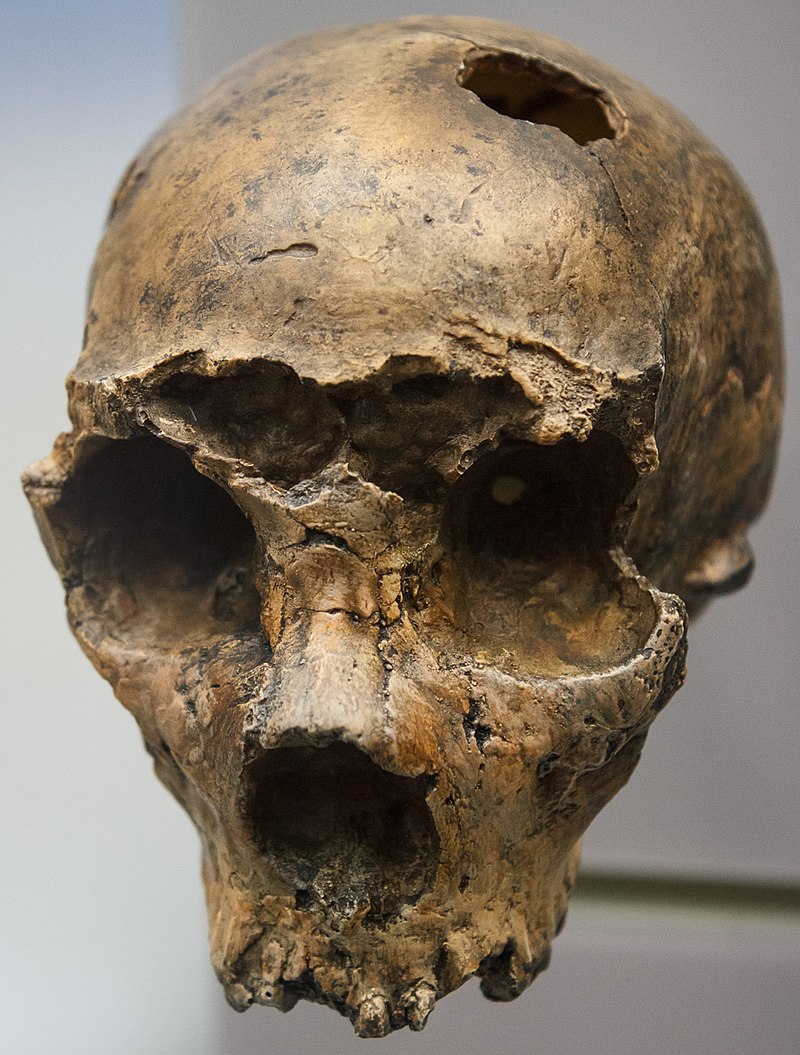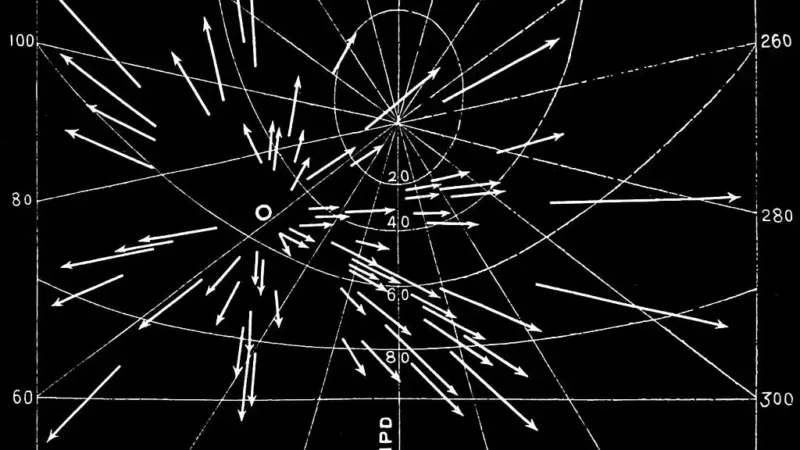Study Show Neanderthal Influence on Modern Human Nose Shape

Neanderthals were known for their large noses, which were believed to be an adaptation to the cold and dry climates of Eurasia. This adaptation may have been a result of natural selection. The evidence was shows by a recent study published in Communications Biology. The study examined the DNA of over 6,000 volunteers from Latin America, Europe, Native America, and Africa. The result was compared to the photographs of their faces. Through this comparison, the researchers identified 33 new genome regions that corresponded with facial features. One of which was ATF3, a gene associated with increased nasal height that was inherited from Neanderthals.
Evidence of Natural Selection
The purpose of having a taller nose is thought to be related to regulating air temperature and humidity. Kaustubh Adhikari, a statistical geneticist at University College London said:
“When you live in colder climates, your nose gets narrower so that it can warm cold air before it reaches the lungs.” This trait may have been passed on from Neanderthals to Homo sapiens when they interbred in colder regions, providing an evolutionary advantage.
Inherited Genes
In addition to the ATF3 gene related to nose height, another gene called TBX15 was identified. The discovery was made in a related study conducted in 2021. This gene influences lip shape and was inherited from Denisovans. These were modern-human relatives who lived in Asia and went extinct approximately 30,000 years ago. The researchers found that East Asians were more likely than other populations to have this gene as well.
Overall, these studies provide evidence that Neanderthals had a major influence on modern humans through their genes. Specifically those related to facial features such as nose height and lip shape. By understanding how these traits evolved over time due to natural selection and interbreeding between different human species, we can gain insight into our own evolutionary history.






